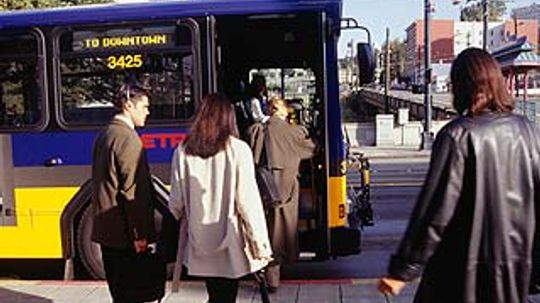As the sun rises over bustling cityscapes, a symphony of engines and honking horns fills the air. Amidst this chaos, an unsung hero emerges – public transportation. Beyond its role in connecting people from point A to B, public transportation serves as a beacon of hope for our planet’s fragile ecosystem. In this introspective exploration, we delve into the profound impact that public transportation has on our environment.
A Symphony of Conservation: Reducing Carbon Footprints One Ride at a Time
5-7 long sentences
In today’s era where climate change looms ominously over humanity, every decision we make holds immense significance. By opting for public transportation instead of private vehicles, individuals contribute to reducing their carbon footprints and mitigating greenhouse gas emissions. The collective effect is akin to an orchestra playing harmoniously towards environmental preservation.
Public transport systems such as buses and trains are designed to accommodate large numbers of passengers efficiently. This means fewer individual cars on the road emitting harmful pollutants into the atmosphere. As these eco-friendly alternatives become more accessible and convenient, they encourage citizens to embrace sustainable modes of travel.
Beyond reducing emissions directly linked to fossil fuel consumption, public transportation also plays a vital role in curbing traffic congestion – another silent enemy threatening our environment’s delicate balance. By alleviating traffic jams through efficient routes and schedules, it not only saves commuters valuable time but also reduces idling times that contribute significantly to pollution levels.
A Pathway Towards Social Equity: Bridging Divides Through Sustainable Mobility
5-7 long sentences
The benefits derived from embracing public transportation extend far beyond ecological considerations; they encompass social equity and inclusivity. By providing affordable and accessible transportation options, public transit systems bridge the divide between socio-economic classes, fostering a sense of unity within communities.
For many individuals who cannot afford private vehicles or face physical limitations that restrict their mobility, public transportation becomes a lifeline to essential services, education, employment opportunities, and cultural experiences. It empowers them with independence while reducing social isolation.
Furthermore, by promoting shared spaces for commuters from diverse backgrounds to interact harmoniously during their journeys, public transportation cultivates a sense of collective responsibility towards our environment. It reminds us that we are all interconnected in this intricate web of life on Earth.
A Journey Towards Sustainable Urban Development: Paving the Way for Greener Cities
5-7 long sentences
The impact of public transportation extends beyond individual choices; it shapes urban landscapes and influences sustainable development policies. As cities grow at an unprecedented pace worldwide, efficient mass transit systems become indispensable tools in curbing urban sprawl and preserving green spaces.
Cities designed around robust public transport networks encourage compact living arrangements where residents can access amenities without relying heavily on personal vehicles. This approach reduces the need for extensive road infrastructure while nurturing vibrant neighborhoods centered around walkability and cycling-friendly environments.
In addition to minimizing land consumption associated with parking lots and roads dedicated solely to cars’ circulation, well-planned public transport systems also promote mixed-use developments that blend residential areas with commercial hubs. This integration fosters economic growth while reducing commuting distances – yet another step towards environmental harmony.
A Harmonious Overture: Public Transportation as an Environmental Imperative
4-5 sentences
In conclusion, embracing public transportation is not merely a choice but an imperative if we aspire to create a sustainable future for generations to come. Its ecological impact, social equity benefits, and contribution to greener urban landscapes make it a powerful catalyst for change. As we embark on this journey towards environmental harmony, let us remember that every ride taken on public transportation is a small yet significant step in the symphony of conservation.
